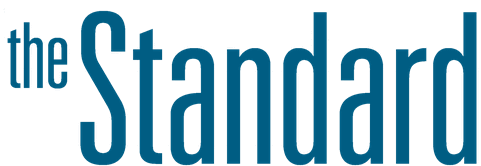Is it a medical directive or prescribing?
The College continues to work toward changes that will, in the future, permit some Ontario RNs to prescribe certain medications. However, our consultations with nurses and other stakeholders reveal many people confuse prescribing with medical directives, which are different. All nurses, whether using medical directives or prescribing, need to be clear on where their authority comes from and what their accountabilities are.
Prescribing
During our consultations, some nurses said they are “already prescribing” via medical directives. This is not accurate. To prescribe means to provide a prescription; it is an order, authorization or instruction to provide or perform a procedure, treatment, medication or intervention.
The professional prescribing a medication must have legal authority to do so and is accountable for the prescription. This includes determining the treatment is appropriate and warranted for the client’s condition.
Medical directives
Medical directives allow nurses to implement a procedure, treatment, medication or intervention for any clients meeting specific conditions and within specific circumstances.
A medical directive for medication is authorized by a health professional having the authority to prescribe the medication, such as a physician or NP. The health professional who authorizes the medical directive is ultimately accountable for it. Nurses using the directive are not prescribing that medication. Rather, they are implementing a prescription from another health professional.
Nurses using medical directives are accountable for implementing them safely. This includes assessing your client to ensure conditions and circumstances outlined in the directive are met. If they have any questions about whether the directive is suitable for a client, the nurse is expected to consult with the authorizing physician or NP. For more information, see the Medication practice standard, and the Authorizing Mechanisms and Directives practice guidelines.
Preparing for RN prescribing
We expect RN prescribing to happen in many community, long-term care and retirement home practice settings, where medical directives are commonly used. Therefore, nurses and employers must be aware of the differences between medical directives and prescribing, and use increased diligence to ensure accountabilities are clear.
For instance, a prescribing RN may provide a medication to a client, and a non-prescribing nurse may be able to provide that same medication to another client using a medical directive. Although the outcome for the client may be the same, it is important for nurses and employers to understand that the prescribing RN and the non-prescribing nurse have different accountabilities when providing the same medication.
Additionally, prescribing RNs might still use directives themselves. For example, they may use directives for medications that they are not authorized to prescribe.
Follow our journey to RN prescribing.


